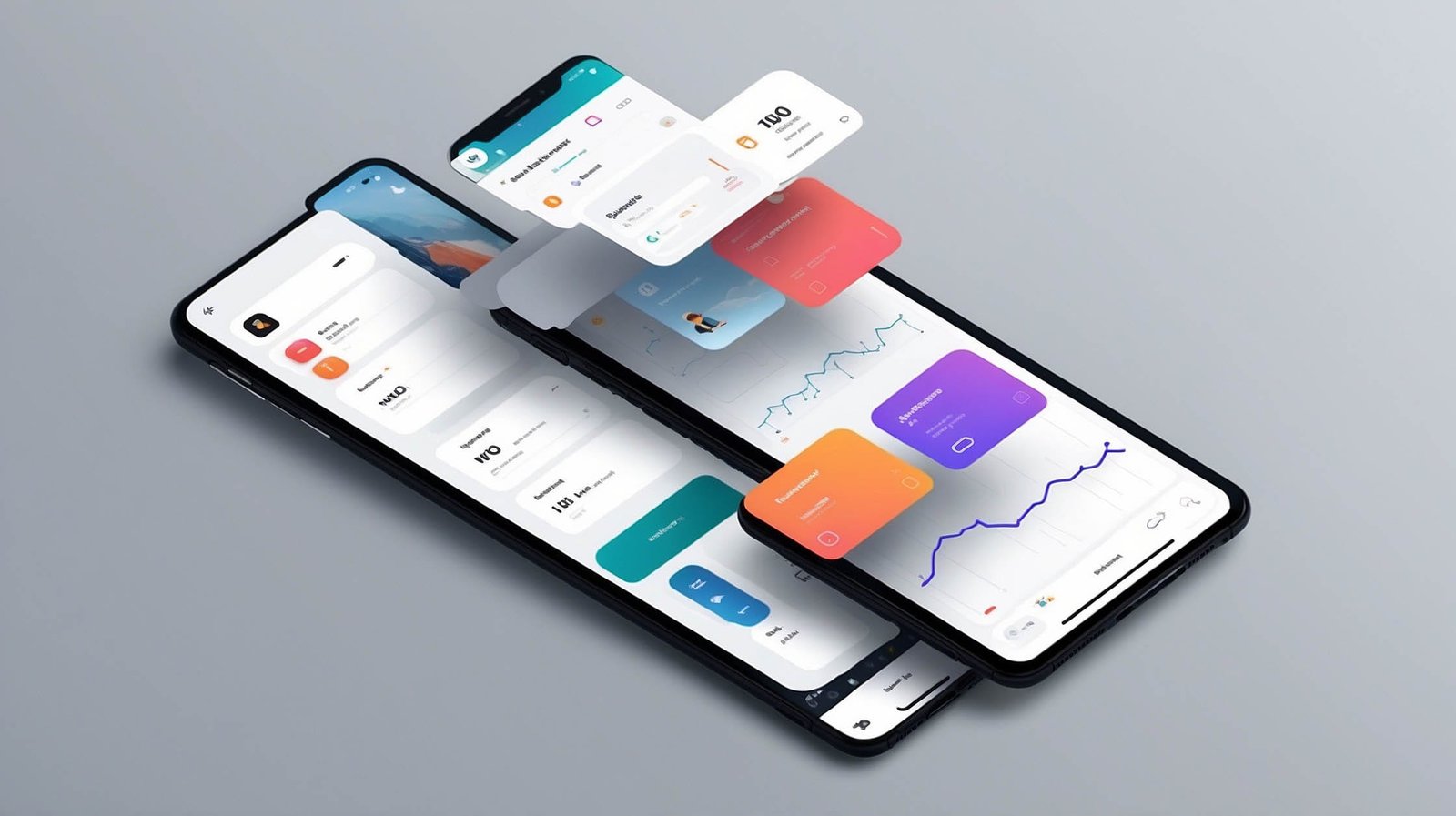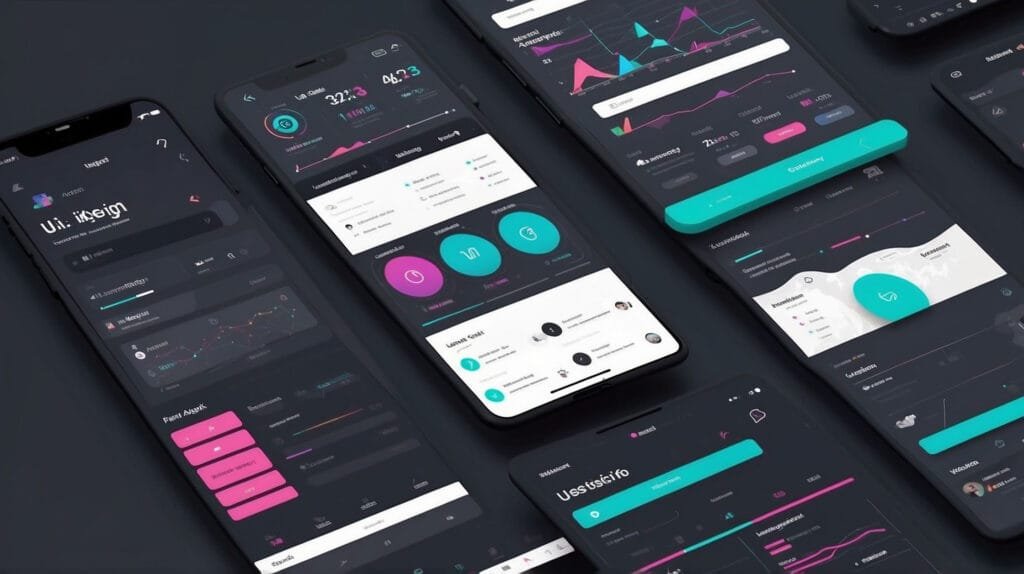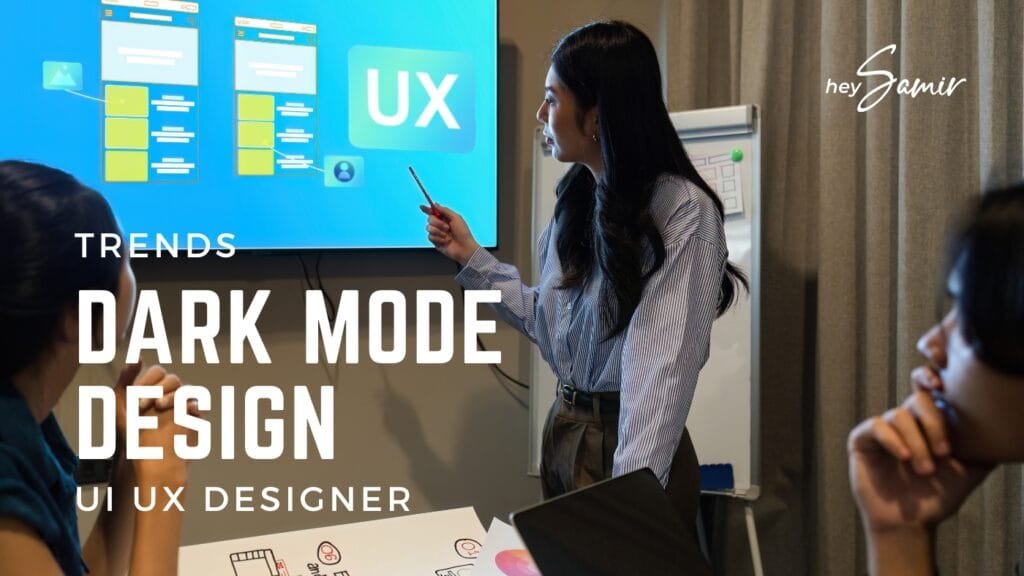What Are the Key Principles of Good UI/UX Design in 2025?
Introduction
In 2025, UI/UX design has cemented its role as a pivotal factor in delivering exceptional digital experiences. As users demand more intuitive, visually appealing, and efficient interfaces, designers must stay ahead of emerging trends and user expectations. This blog delves into the key principles of good UI/UX design in 2025 and how adhering to them ensures memorable and impactful digital interactions.
1. User-Centric Design: The Heart of UI/UX
User-centricity remains the cornerstone of UI/UX design. A good interface or experience must prioritize the user’s needs, preferences, and behaviors. Here’s how designers can achieve this:
- Conduct thorough user research: Surveys, interviews, and usability testing help designers understand user goals.
- Create user personas: Build profiles representing target users to tailor experiences to their preferences.
- Focus on usability: Ensure the interface is easy to navigate, with clear labels and logical structures.
- Iterate constantly: Use feedback loops to refine designs based on user input.
Related Keywords:
- User experience
- Usability testing
- User personas
2. Accessibility: Inclusive Design for Everyone
With a growing emphasis on inclusivity, accessibility is no longer optional. Designers must create products that are usable for people of all abilities. In 2025, accessibility involves:
- Adhering to WCAG standards: Ensure compliance with Web Content Accessibility Guidelines for text contrast, screen reader compatibility, and more.
- Keyboard navigation: Allow users to navigate interfaces using keyboards.
- Alt text for images: Provide descriptive alt text to assist visually impaired users.
- Scalable text: Enable users to adjust text size for better readability.
By embracing accessibility, designers can cater to a broader audience and enhance user satisfaction.
Related Keywords:
- Accessibility in design
- Inclusive user interfaces
- Scalable text
3. Minimalism: Less Is More in UI/UX Design
Minimalist designs dominate the digital landscape in 2025. They offer simplicity, clarity, and elegance, improving user focus and engagement. The principles of minimalism include:
- Decluttering interfaces: Remove unnecessary elements to avoid overwhelming users.
- Whitespace utilization: Use white space to enhance readability and guide user attention.
- Prioritizing essential features: Highlight core functionalities while keeping distractions to a minimum.
- Consistent design language: Ensure fonts, colors, and buttons maintain uniformity across the platform.
Minimalism aligns with user preferences for streamlined, visually appealing interfaces.
Related Keywords:
- Minimalist design
- Streamlined interfaces
- Consistent design language
4. Microinteractions: Enhancing Engagement and Feedback
Microinteractions are subtle animations or design elements that provide immediate feedback to users. In 2025, they play a crucial role in making interfaces interactive and engaging. Examples include:
- Button hover effects: Visual cues when a user hovers over a button.
- Progress indicators: Inform users about ongoing processes, such as file uploads.
- Error notifications: Clearly communicate issues with concise messages and solutions.
- Success confirmations: Provide feedback on completed actions, such as form submissions.
Microinteractions add personality and interactivity, making the user experience delightful.
Related Keywords:
- Interactive design
- Microanimation
- Feedback mechanisms
5. Sustainability: Designing for the Planet
Sustainability is a rising trend in UI/UX design, reflecting the global focus on environmental responsibility. Sustainable design practices include:
- Optimizing resource usage: Reduce website and app sizes to consume less bandwidth.
- Dark mode: Minimize energy consumption on devices with OLED screens.
- Longevity-focused design: Create scalable and future-proof designs to reduce the need for frequent overhauls.
- Digital sustainability messaging: Promote eco-friendly initiatives through UI elements.
Sustainability in design not only reduces environmental impact but also resonates with eco-conscious users.
Related Keywords:
- Sustainable UI/UX
- Eco-friendly design
- Dark mode benefits
6. Emerging Technologies: Leveraging AI and AR
In 2025, emerging technologies like artificial intelligence (AI) and augmented reality (AR) are reshaping UI/UX design. Designers must harness these innovations to stay competitive. Key applications include:
- AI-driven personalization: Offer tailored recommendations and content based on user behavior.
- AR-enhanced interfaces: Integrate AR elements for immersive experiences in e-commerce, education, and gaming.
- Voice interfaces: Expand accessibility with voice commands and virtual assistants.
- Predictive analytics: Use AI to anticipate user needs and streamline navigation.
By embracing these technologies, designers can elevate user experiences and drive innovation.
Related Keywords:
- AI in UX
- Augmented reality interfaces
- Voice interaction design
Conclusion
The key principles of good UI/UX design in 2025 revolve around user-centricity, accessibility, minimalism, microinteractions, sustainability, and leveraging emerging technologies. By focusing on these areas, designers can create impactful, inclusive, and innovative digital experiences. Staying adaptable and embracing new trends will ensure that your designs meet evolving user expectations and industry standards.
Investing in these principles will not only enhance user satisfaction but also build stronger brand loyalty in an ever-competitive digital landscape.



